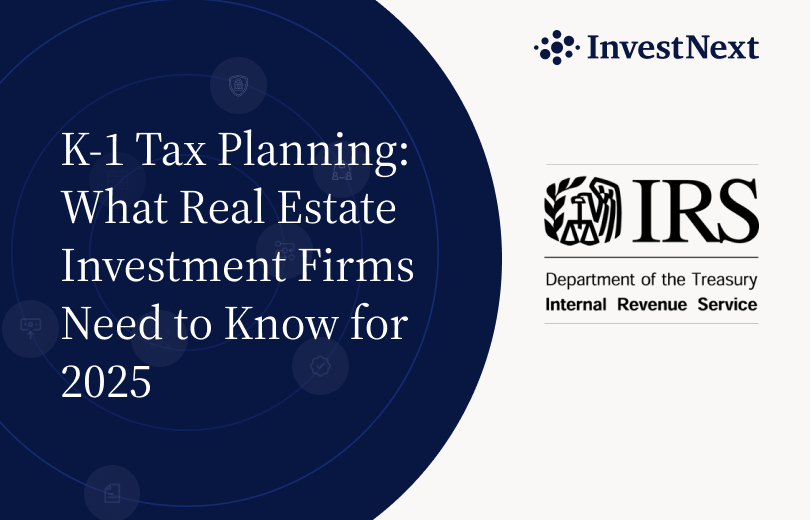The 80/20 rule, commonly known as the Pareto Principle, is a fundamental concept in understanding efficiency and productivity. Originating from the observations of Italian economist Vilfredo Pareto, it posits that roughly 80% of effects come from 20% of causes. This principle, initially observed in wealth distribution, has profound implications across various sectors, including real estate. In addressing the question, “What is the 80 20 rule in real estate?” we delve into its significance in optimizing investment strategies.
General Applications of the 80/20 Rule in Business and Economics
In the broader spectrum of business and economics, the 80/20 rule serves as a guiding principle for strategic focus. It suggests that:
- 80% of a company’s profits often come from 20% of its customers.
- 80% of a company’s sales may be attributed to 20% of its products.
- 80% of market share is typically held by 20% of firms.
This rule encourages businesses to identify and prioritize efforts that are most impactful. This fostes a culture of productivity and strategic focus. By recognizing that not all inputs are equal in their results, companies can streamline operations. Also, concentrate on key clients or products, and allocate resources to the most profitable segments of their business.

How the 80/20 Rule Applies Specifically to Real Estate Investment
In the realm of real estate investment, the 80/20 rule, or Pareto Principle, is a potent tool for maximizing returns. It posits that a small fraction of actions—typically around 20%—drives a disproportionately large portion of results, often around 80%. For real estate investors, this could mean that a majority of rental income comes from a minority of properties, or that a substantial portion of profits is generated by a select few transactions.
Examples Illustrating the Principle in Property Selection, Tenant Management, and Revenue Generation
- Property Selection: Investors might find that 20% of their properties contribute to 80% of their investment portfolio’s value growth. This insight can guide future property acquisitions and divestments.
- Tenant Management: Similarly, 20% of tenants could be responsible for 80% of a landlord’s rental income, highlighting the importance of retaining high-quality tenants and effective property management.
- Revenue Generation: In terms of sales, a real estate firm may discover that 20% of their agents are closing 80% of deals, indicating where to focus training and resources.
Identifying Your 80/20 in Real Estate Investments
Real estate investors can employ a variety of techniques to pinpoint the critical 20% of their activities that are likely to produce 80% of their investment success. These techniques include:
- Detailed Market Analysis: Understanding market trends to identify areas with high growth potential.
- Investment Property Analysis: Evaluating properties based on factors such as location, value appreciation, and rental yield.
- Financial Performance Review: Assessing the financial health of investments to focus on the most profitable ones.
The Importance of Market Research, Property Analysis, and Investor Relations
- Market Research: By understanding demographic shifts, economic trends, and consumer behavior, investors can concentrate on markets that are more likely to experience significant growth.
- Property Analysis: Rigorous property analysis helps in identifying the properties that will contribute most significantly to portfolio performance.
- Investor Relations: Building strong relationships with stakeholders ensures that efforts are concentrated on the most supportive and beneficial partnerships.
How the 80/20 Rule Can Lead to More Efficient Investment Management
In exploring “What is the 80 20 rule in real estate,” we find its application pivotal in enhancing investment management efficiency. The 80/20 rule, a principle derived from the Pareto Principle, suggests that a small portion of inputs or efforts (approximately 20%) often leads to a majority (around 80%) of the outputs or results. In the context of real estate investment management, this translates to a focus on the most productive assets and activities, leading to streamlined operations and optimized resource allocation. Key strategies include:
- Prioritizing High-Performance Investments: Concentrating on properties that deliver the highest returns.
- Optimizing Operational Activities: Allocating resources to the most impactful operational areas, such as property maintenance and tenant services that directly contribute to tenant satisfaction and retention.
- Strategic Asset Allocation: Diversifying investments in a way that the top-performing assets receive the most attention and resources.
The Role of Technology in Helping Investors Apply the 80/20 Principle
- Automation of Routine Tasks: Implementing technology to handle repetitive tasks allows managers to focus on high-impact strategic decisions.
- Data Analytics for Decision Making: Utilizing advanced analytics to identify trends and forecast potential investment outcomes.
- Investor Relations Management: Leveraging CRM systems to maintain and enhance investor communication, focusing on the most engaged and influential investors.

The Impact of the 80/20 Rule on Real Estate Syndication
Real estate syndication, the pooling of capital from multiple investors to purchase and manage a property, is an area where the 80/20 rule can have a profound impact. By applying this principle, syndicators can:
- Focus on High-Value Relationships: Cultivate and prioritize relationships with the top 20% of investors who typically contribute the majority of the capital.
- Select Profitable Properties: Identify and invest in the properties that are likely to yield 80% of the syndicate’s profits.
- Streamline Management Processes: Allocate time and resources to the most critical management tasks that ensure the smooth operation and profitability of the investment.
The Importance of Investor Communication and Deal Structuring
- Effective Communication: By focusing on clear and regular communication with key investors, syndicators can maintain trust and ensure ongoing support for future projects.
- Strategic Deal Structuring: Designing investment structures that appeal to the most significant contributors can lead to more efficient capital raising and investment growth.
An Overview of InvestNext’s Features That Align with the 80/20 Rule
InvestNext is a powerful ally for real estate investors seeking to understand and apply “What is the 80 20 rule in real estate.” This principle, which asserts that approximately 80% of outcomes (or outputs) are due to 20% of causes (or inputs), is crucial in the realm of real estate investment. InvestNext’s platform is designed to help users harness this rule, offering features such as:
- Investor Portal: A centralized platform for managing investor relations, focusing on the top 20% of investors.
- Deal Analysis Tools: Sophisticated analytics that help in identifying the most profitable deals. These deals align with the principle that a minority of deals will generate the majority of returns.
- Automated Workflows: Streamlining repetitive tasks so that managers can concentrate on high-value activities.
How InvestNext Can Help Real Estate Investment Firms and Syndicators
- Data-Driven Decisions: Utilizing InvestNext’s comprehensive data analytics to drive decisions that align with the 80/20 rule.
- Efficient Capital Raising: Tools that assist in targeting and communicating with the right investors. These tools allow the capital raising process to be more efficient.
- Strategic Asset Management: Offering insights into which properties are performing and which are not, allowing for strategic decision-making.
A recent article discusses the top real estate technology trends for 2023, highlighting the importance of technology in transforming the industry and how platforms like InvestNext are leading the charge.

Encouraging You to Consider the 80/20 Rule Within Your Investment Strategies
As you stand at the precipice of your next investment decision, consider the potential of the 80/20 rule. It’s time to reflect on your portfolio. We urge you to:
- Conduct a Portfolio Review: Examine your current investments through the lens of the Pareto Principle. Identify the top-performing assets and consider how you can enhance or expand upon them.
- Engage with Key Stakeholders: Reach out to your most influential investors or partners. Discuss how applying the 80/20 rule can drive mutual success.
- Embrace Market Research: Dive deep into market analytics to discover the 20% of market segments that could yield 80%.
- Leverage Technology: Consider how platforms like InvestNext can streamline your operations. This would help you to focus on the most fruitful aspects of your business.
Reassessment Through InvestNext
The 80/20 rule is not a one-time strategy but a continuous process of assessment and realignment. Real estate investors and firms must regularly analyze their portfolios. Also, their management practices, and market developments to adjust their focus and resources accordingly. This ongoing application of the Pareto Principle ensures sustained growth and success in the dynamic landscape of real estate investment.







